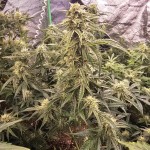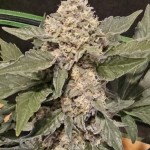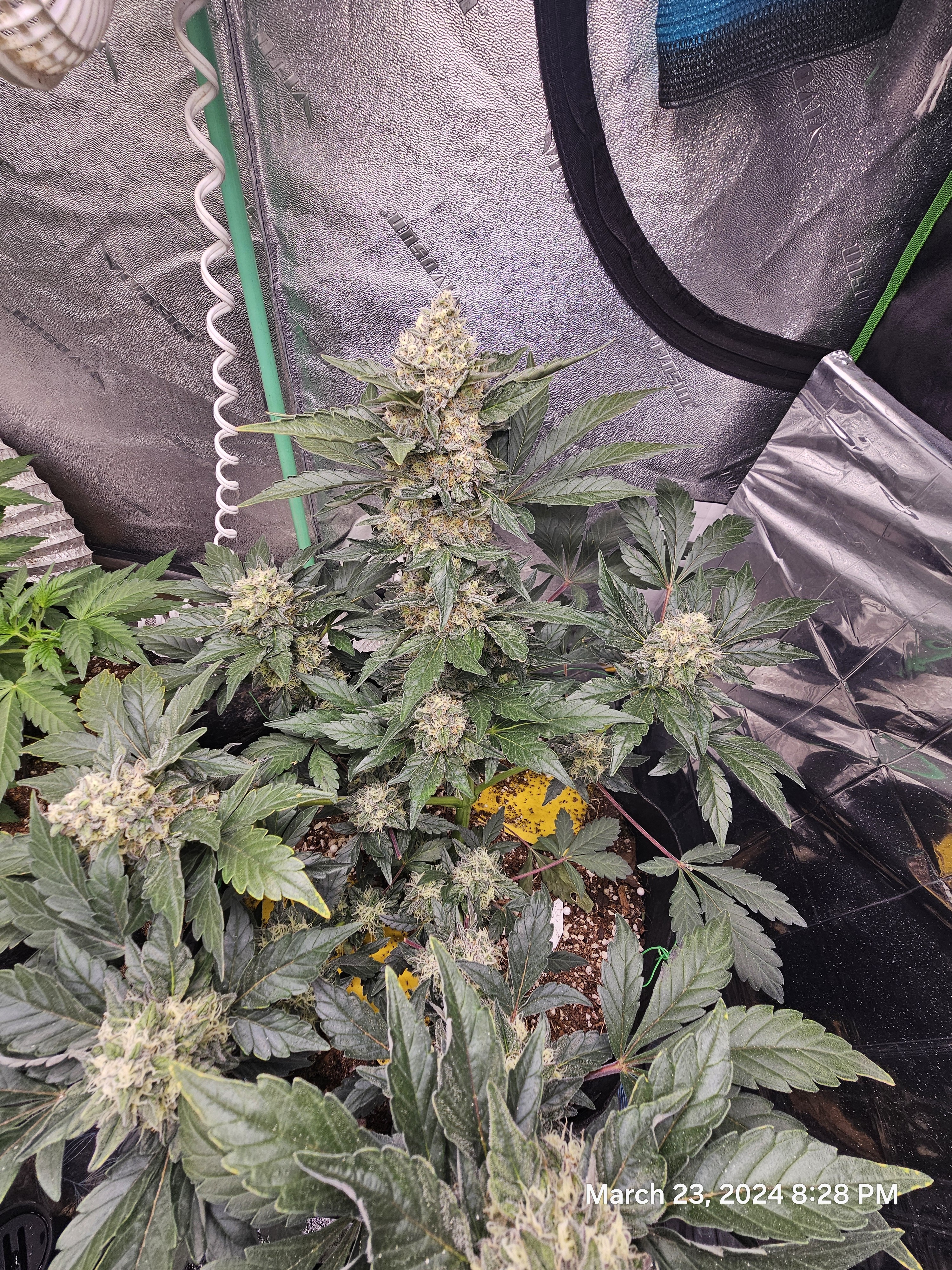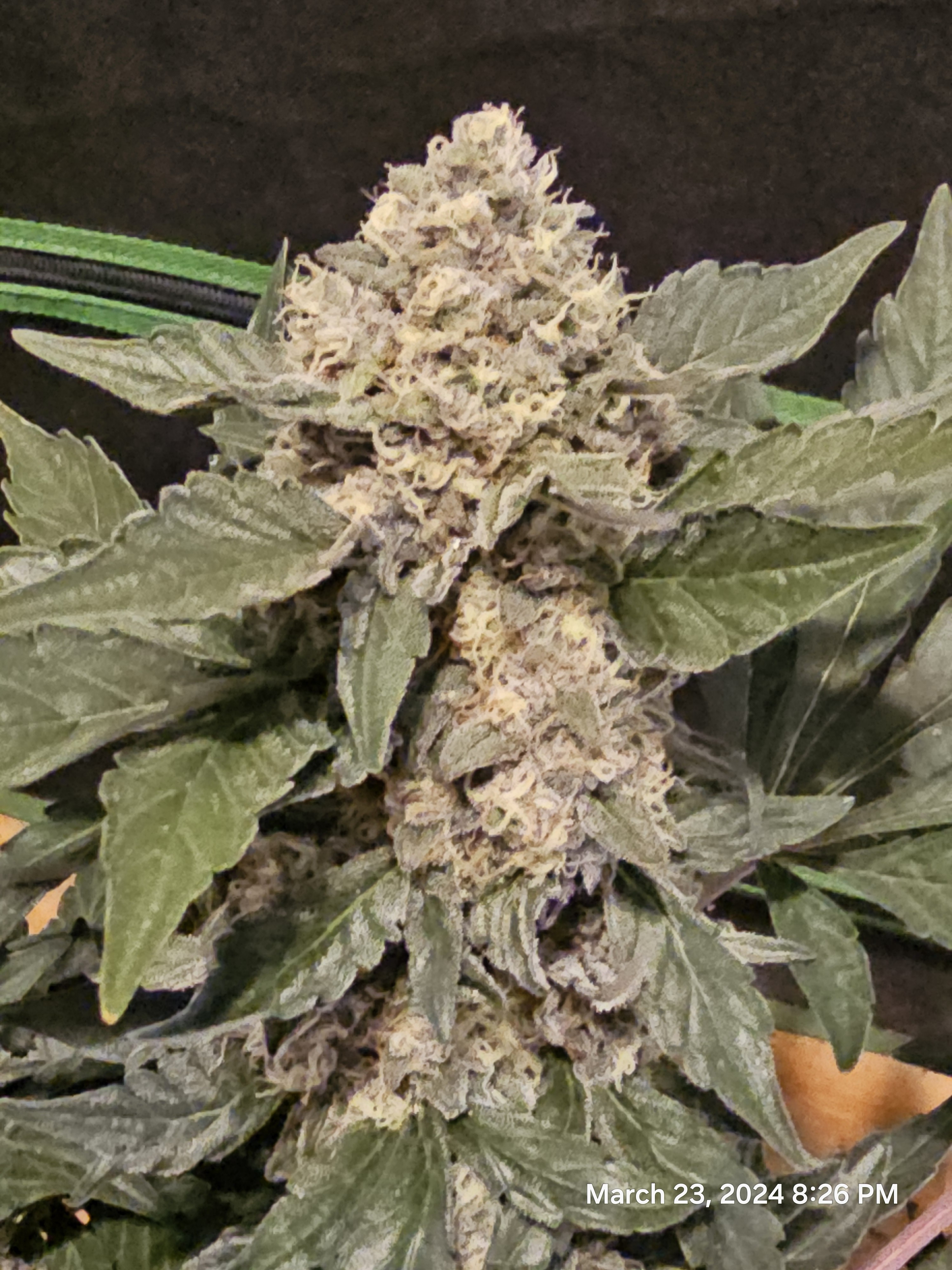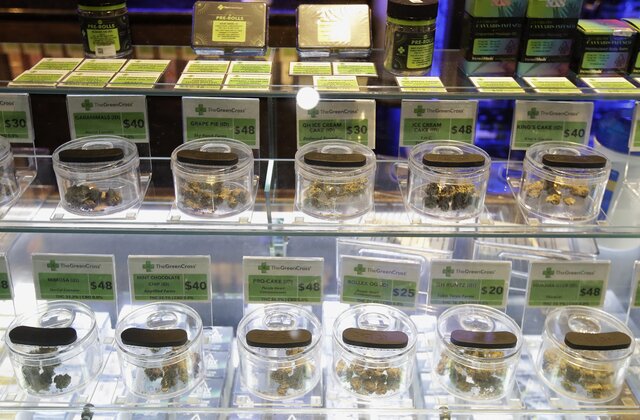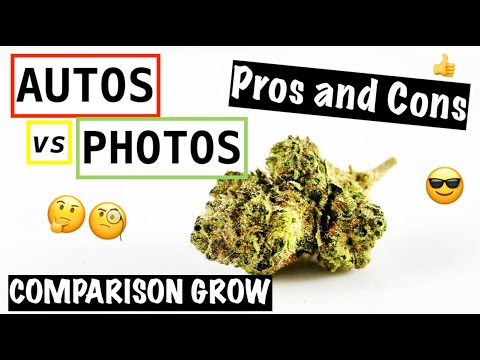The Rise of Autoflowers: A New Era in Cannabis Potency
Autoflowering cannabis plants, also known as autoflowers, have been gaining popularity in recent years. Traditionally, photo-period cannabis plants were considered to be more potent and desirable due to their ability to produce higher levels of THC. However, with advancements in breeding techniques and genetics, autoflowers are now becoming just as potent as their photo-period counterparts. This shift in potency has led to a new era in cannabis cultivation, where autoflowers are being recognized for their impressive strength and quality.
Breaking Stereotypes: Autoflowers Match Photo-Periods in Potency
For a long time, there was a common belief that autoflowers were less potent than photo-period cannabis plants. This stereotype stemmed from the fact that autoflowers were originally bred from Cannabis ruderalis, a subspecies known for its low THC content. However, breeders have made significant progress in developing autoflowers with higher THC levels, challenging this misconception.
In recent years, numerous autoflower strains have emerged with THC levels ranging from 20% to 30%, comparable to many photo-period strains. This increase in potency can be attributed to the careful selection and breeding of autoflower genetics. By crossing high-THC photo-period strains with autoflowers, breeders have been able to create hybrids that possess the best traits of both types of cannabis plants.
Unveiling the Evolution: How Autoflowers Have Grown in Strength
The evolution of autoflowers can be attributed to several factors. One key factor is the development of improved breeding techniques. Breeders have been able to selectively breed autoflowers with higher THC levels by focusing on plants that exhibit desirable traits such as potency, flavor, and aroma. This process, known as phenotypic selection, has allowed breeders to create autoflowers that rival the potency of photo-period strains.
Additionally, advancements in cultivation practices have played a significant role in increasing the potency of autoflowers. Growers have discovered optimal feeding schedules, lighting techniques, and nutrient regimens that maximize the potential of autoflower plants. These advancements have allowed autoflowers to reach their full genetic potential, resulting in higher THC levels and overall potency.
The Science Behind Autoflower Potency: Understanding the Genetics
To understand the potency of autoflowers, it is essential to delve into the genetics behind these plants. Autoflowers are characterized by their ability to flower based on age rather than light cycles. This unique trait is a result of the introduction of Cannabis ruderalis genetics into the breeding process. While ruderalis plants are typically low in THC, they possess the autoflowering gene, which allows them to flower regardless of light conditions.
By crossing ruderalis with high-THC photo-period strains, breeders have been able to create autoflowers that inherit the autoflowering gene while also possessing the desirable traits of their photo-period parent. This genetic combination has resulted in autoflowers with impressive potency levels.
From Ruderalis to Powerhouses: The Journey of Autoflowers
The journey of autoflowers from their humble beginnings as low-THC ruderalis plants to becoming potent powerhouses has been a remarkable one. Breeders initially faced challenges in developing autoflowers with high THC levels due to the genetic limitations of ruderalis. However, through careful selection and breeding, they were able to overcome these limitations and create autoflowers that rival photo-period strains in potency.
The introduction of autoflowers into the cannabis market has revolutionized cultivation practices. These plants offer numerous advantages, such as shorter flowering times, increased resistance to pests and diseases, and the ability to be grown in various environments. As a result, many growers have embraced autoflowers as a game-changer in cannabis cultivation.
Embracing the Future: Autoflowers as a Game-Changer in Cannabis Cultivation
Autoflowers have undoubtedly made a significant impact on the cannabis industry. Their rise in potency has shattered the stereotype that they are less potent than photo-period strains. With THC levels reaching new heights, autoflowers are now being recognized as a viable option for both recreational and medicinal users.
The increased potency of autoflowers has also opened up new possibilities for breeders and growers. They now have access to a wider range of genetics and can create unique strains with specific characteristics. This diversity in the cannabis market allows consumers to choose from a plethora of options, catering to their individual preferences and needs.
In conclusion, the rise of autoflowers as potent cannabis plants marks a new era in cultivation. Through advancements in breeding techniques and genetics, autoflowers have proven that they can match the potency of photo-period strains. As the science behind autoflower potency continues to evolve, we can expect even more impressive developments in the future. Whether you’re a grower or a consumer, it’s clear that autoflowers are here to stay and are poised to play a significant role in the cannabis industry.




